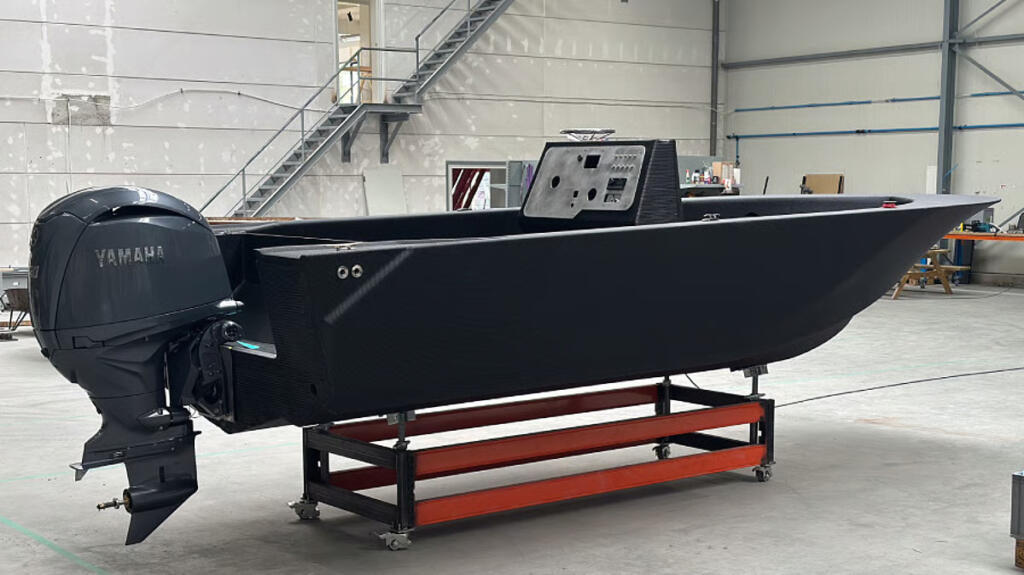Netherlands-based CEAD is converting a 2,300-square-metre space near its head office in Delft into a facility that will specialise in the manufacture of 3D-printed vessels.
CEAD will utilise what it calls a maritime application centre (MAC) to develop boats with the aid of a highly automated, digitally driven manufacturing process. The company said the high degree of automation will permit only two or three operators to be directly responsible for the manufacture of up to a hundred 3D-printed boats each year.
CEAD said the current conditions within the maritime sector make it particularly well-suited for large scale 3D printing technology, which addresses many of the bottlenecks the maritime industry currently faces.
The company explained that large-scale 3D printing technology will enable the production of boat hulls directly from a digital file, eliminating time-consuming, waste-generating steps and reducing reliance on skilled manual labour. This then helps lower costs, shorten lead times, and allow manufacturers to quickly adapt to changing market demands in both design and production capacity.
CEAD has developed a dedicated system, based on its proven extrusion technology, specifically designed to 3D print boat hulls in an automated manner.
With this dedicated machine, the company created a production technology that enables boat building in a manner not feasible with standard robotic 3D printers. These machines will form the foundation of the high-volume boat factory, which CEAD said will be a cleaner, quieter and more compact production facility with the flexibility to scale output as demand grows.
CEAD said the MAC will be able to operate without the need for heavy infrastructure, zoning or labour demands, making it viable in light industrial or even urban environments like the city of Delft.
The MAC will initially focus boats up to 12 meters in length and intended for industrial or defence applications. Examples will include patrol boats, fishing boats, and unmanned surface vessels.
Original Source


